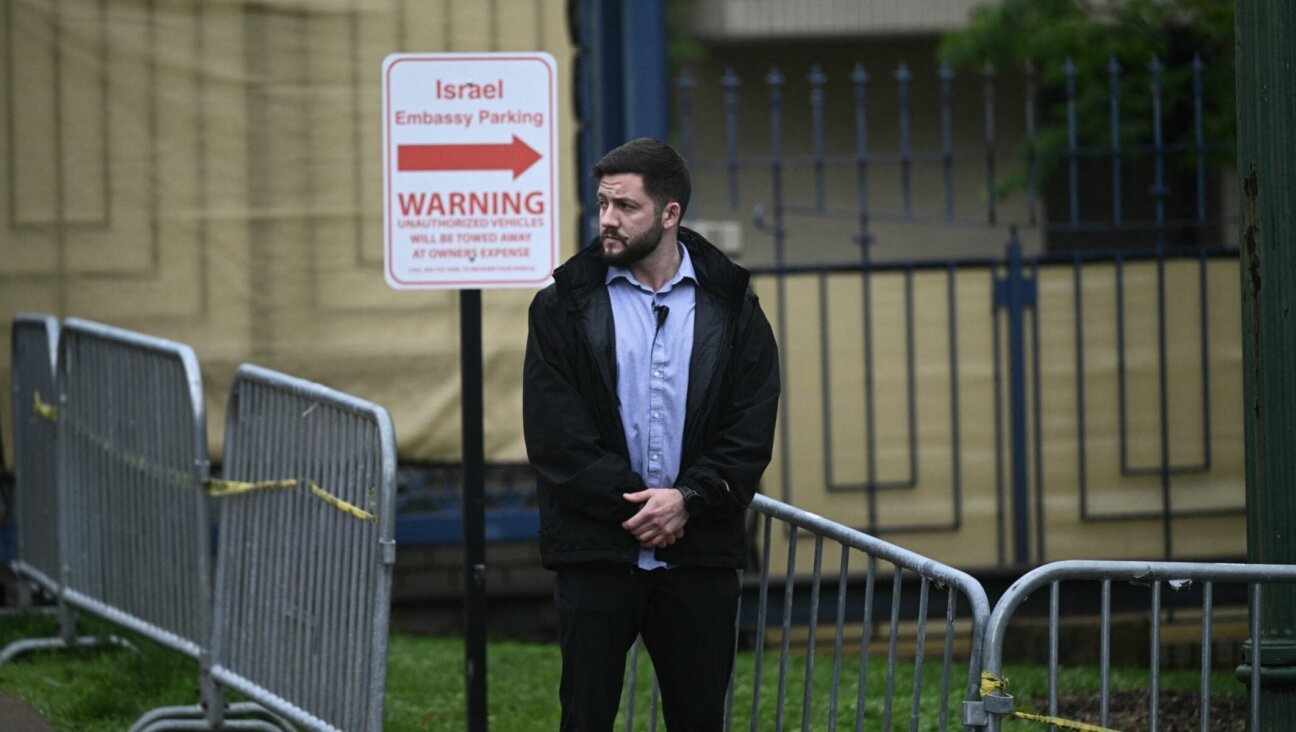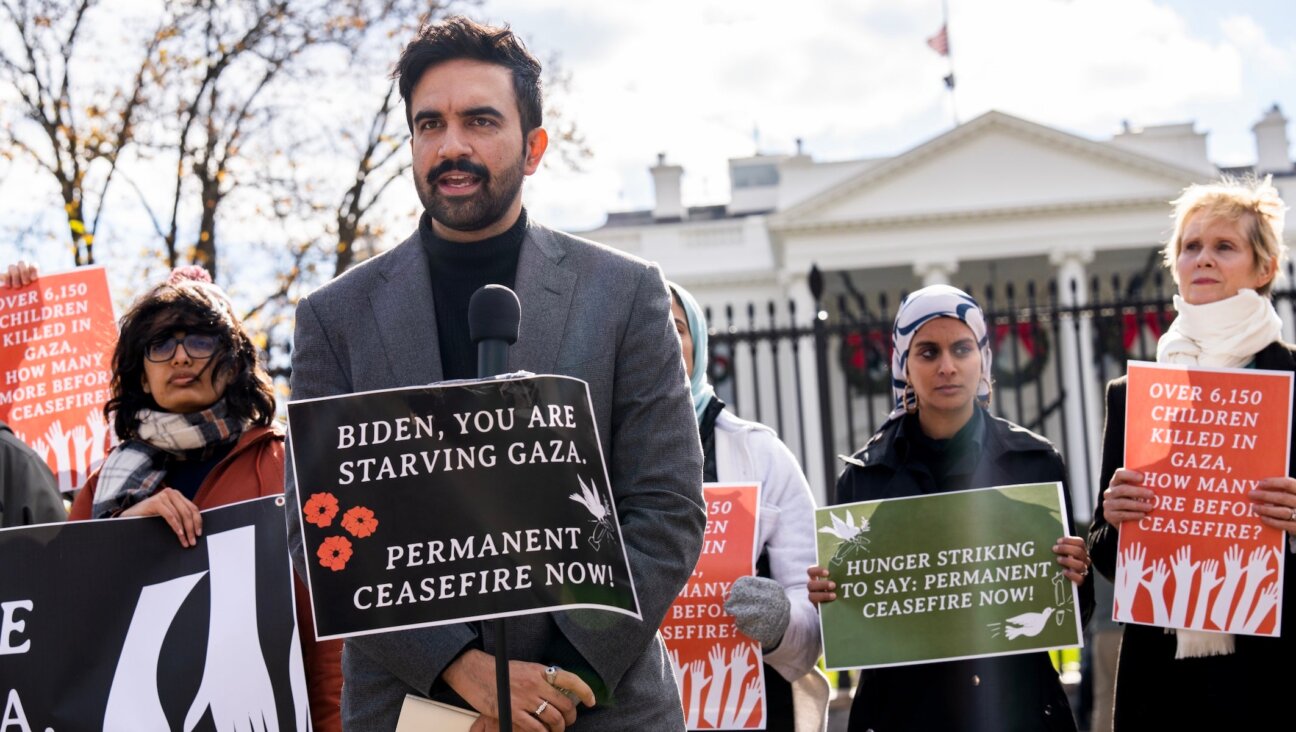J.D. Salinger’s Son Is Readying His Father’s Secret Work For Publication — But It Could Take A While

J.D. Salinger’s “Catcher in the Rye.” Image by Getty Images
Beginning in the mid-1960s, Matt Salinger’s father — yes, J.D. Salinger, the celebrated author of “Franny and Zooey” and “The Catcher in the Rye” — largely retired from public life and grew estranged from the literary word. Perhaps it should come as no surprise, then, that the author chose his next of kin over editors, scholars or book executives to ready his work for posthumous release.
Since J.D. Salinger passed away in 2010 at the age of 91, his fans have been ravenous to get a glimpse of his unpublished work. Numerous books were teased in a 2013 biography and documentary, but Matt Salinger told The Guardian’s Lidija Haas the rumors new books would hit shelves by 2020 are “total trash.”
He should know, as it is he and Salinger’s widow, Colleen O’Neill, who have been combing through the writer’s papers, fighting lawsuits and “wanters” hoping to access Salinger’s intellectual property for films, and preventing early stories his father never wanted published from becoming public.
What’s taking so long? Per Salinger, his father was a prolific writer from 1965, the year that he stopped publishing, until his death. “This was somebody who was writing for 50 years without publishing, so that’s a lot of material,” Salinger, an actor best known for playing Captain America in a 1990 film, told Haas. “So there’s not a reluctance or a protectiveness: when it’s ready, we’re going to share it.”
Though the writer gained a reputation as a recluse, Salinger says his father merely withdrew from public life to his longtime home in Cornish, New Hampshire to focus on his work.
“He just decided that the best thing for his writing was not to have a lot of interactions with people, literary types in particular,” Salinger told Haas. “He didn’t want to be playing in those poker games, he wanted to, as he would encourage every would-be writer to do, you know, stew in your own juices.”
Two unnamed sources cited in the 2013 biography “Salinger” by Shane Salerno and David Shields claimed that among the late writer’s literary windfalls is a book about the author’s failed first marriage to Sylvia Welter. Salinger laughed the notion off, saying “anyone that understood my father at all would find the idea hysterically funny that he would write a book about his first brief marriage. It’s so far beyond the realm of plausibility.”
Salinger indicated that readers can expect more books about the Glass family, the child prodigies and troubled adults that feature in many of Salinger’s best-known stories and novellas including “Franny and Zooey” and “A Perfect Day for Bananafish.” While Salinger doesn’t see a “linear evolution” in his father’s post-1965 oeuvre, he acknowledges that in most of the writing Salinger appears to be “after a different game,” but didn’t specify what exactly had changed in the work.
Salinger did tell The Guardian he believes the new books “will definitely disappoint people that [Salinger] wouldn’t care about, but for real readers… I think it will be tremendously well received by those people and they will be affected in the way every reader hopes to be affected when they open a book. Not changed, necessarily, but something rubs off that can lead to change.”
Salinger and O’Neill are also working with the New York Public Library on a centennial exhibition for the legendary author that will open this October. The exhibition poses a conundrum: What to reveal about a man who was famously private? Salinger told Haas that manuscripts, photographs, personal objects and letters will be included.
In The Guardian, Salinger gave a preview of some of correspondence that might be used. In his letters to his son, Salinger’s proclivity for cryptic, intimate family lore is on full display.
“I can’t say I cared much for the War or military school or my childhood,” Salinger wrote in one letter. “These Cornish years with you and Peggy and this house and you and the fields and my notebooks and work and you and Lili and Schotland [sic] and Nice Doggie and Rosie and you and Sri. R. and the Nuremberg Egg and our trips to London and Lake Placid and Dublin and Montreal and Andover – these years have been what I would call my real life.”
It’s a life different than the one often mythologized, that of a loner and crank divorced from the reality of the world. Judging by the travels cited it appears the elder Salinger saw much of the world and committed his life to his family in New Hampshire while shunning the prying eyes of the literary world.
While Salinger admitted to feeling the pressure to get his father’s work out into the world, he claimed to see the process as a way of communing with his late father and of keeping him alive.
“A lot of my friends at this age, their parents are dying or have died and they’re just gone, you know, Salinger said. “And my father’s not gone. He hasn’t died for me.”
PJ Grisar is the Forward’s culture intern. He can be reached at [email protected]
























